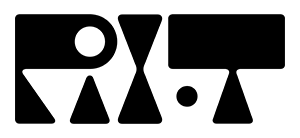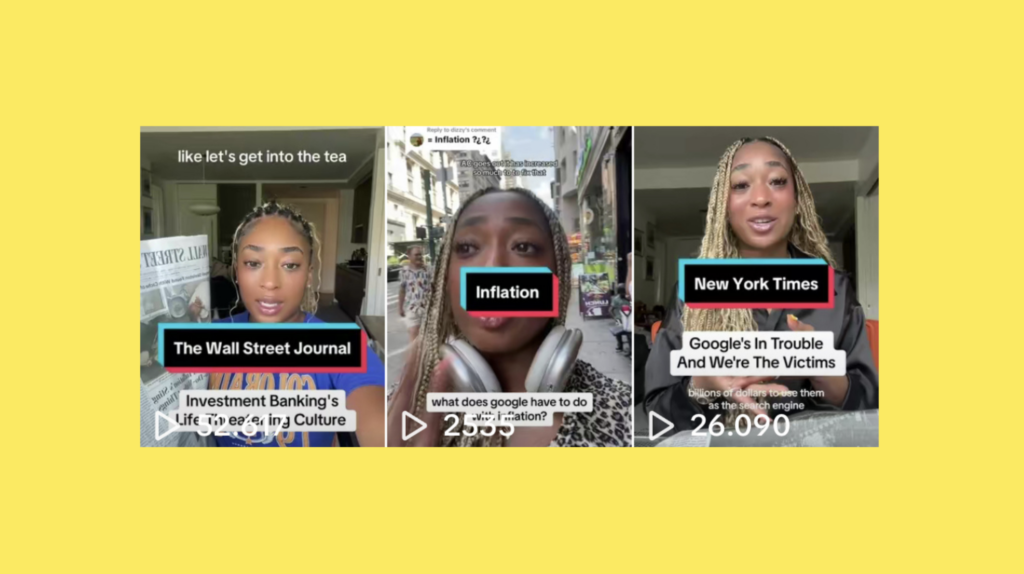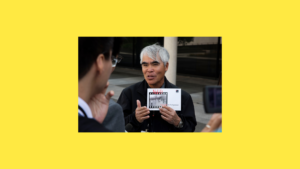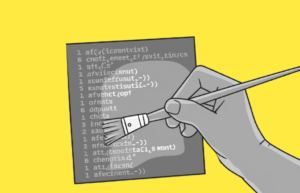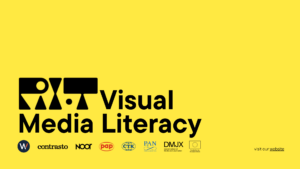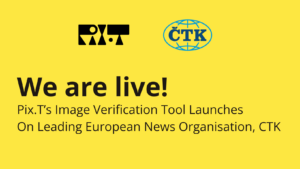TikTok is the very definition of a visual platform. The social network, owned by Chinese tech giant Bytedance, hosts only short-form video as its core content. A user can add text boxes, but the engagement is all about what you see — not what you read.
Of course, the platform is also gaining attention for other reasons. It has long raised concerns about its supposed non-neutrality, with the Western news and media industry — as well as governments — fearing Chinese government interference and its far from transparent policy on the use of collected data.
Such controversy became the main topic of debate in the United States after the implementation of a federal law on January 19, 2025, which is supposed to outright ban the app in the United States. Lawmakers from both parties had expressed support for the ban, citing the aforementioned risks related to user data privacy and potential foreign influence. However, Donald Trump has signaled a willingness to delay enforcement.
TikTok had briefly suspended operations in the U.S.; but quickly resumed services after Trump’s announcement, publicly thanking Trump and arguing that the ban infringes on the First Amendment rights of its approximately 170 million American users.
And yes, that’s a lot of users, simply too many to demote the platform to “that site where kids do their little dances.”
According to a report released by the Reuters Institute for the Study of Journalism, TikTok is the fastest-growing social media platform for news. The report revealed that 20% of 18-to-24-year-olds now use TikTok to stay informed about current events, marking a 5% increase from the previous year.
Back in 2023, Reuters was already tracking how news enthusiasts were turning to TikTok to chart new paths in media. One of them is Lisa Remillard, a seasoned broadcast journalist with 20 years of experience as a TV anchor: in 2019, she founded the TikTok channel BEONDTV, a digital media company focused on lifestyle and entertainment, and she has since been operating as a one-person newsroom, guiding her 2.5 million TikTok followers through the day’s top national news stories.
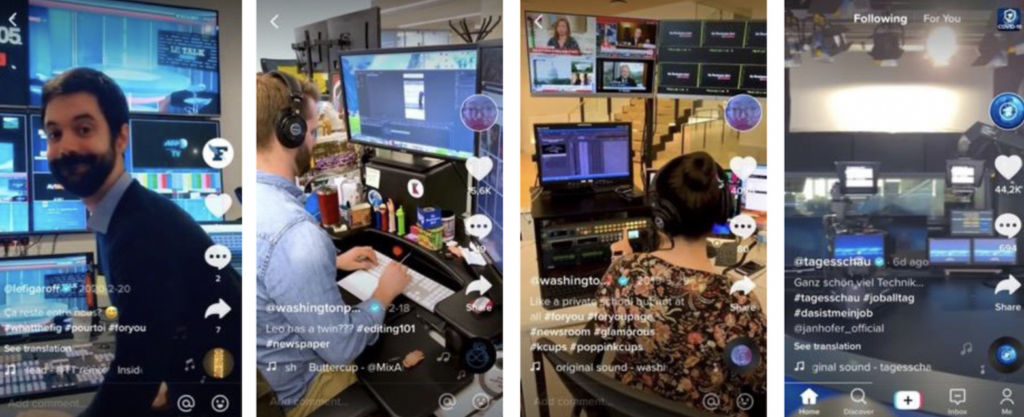
It’s a wider reach than most media outlets she had worked with.
Another notable example is Kelsey Russell, a graduate student at Columbia University who has gained viral attention for her daily newspaper readings, where she passionately breaks down articles in a simple and accessible manner.
Is doing journalism on such a controversial platform ethical? Maybe not, but some are starting to same the same about doing it on X (formerly Twitter) or Facebook anymore: U.S. based social platforms are now flirting with the far right in blatant ways, showing us that even what we considered (perhaps a bit naively) neutral platforms until a few years ago are subject to power shifts. The debate goes on, but the fact that Tiktok is a platform that the world of media and journalism is bound to come to terms with seems inevitable.
But how should we use it? A very thorough 2023 paper by Lisa Bolz, lecturer in information and communication sciences at CELSA Sorbonne Université, highlights an interesting developing trend: knowing that TikTok’s (often very young) user base is unfamiliar with the workings and ethics of large traditional newspapers, the journalism industry could try to leverage the platform for media literacy initiatives.
Bolz highlights how: “The attention paid to the human, organizational and technical dimensions of journalism on TikTok is part of a broader media education discourse designed to explain the profession of journalists.”
Tiktok videos from the official accounts of Le Monde, The Washington Post and Le Figaro are already using the platform to explain to its younger users how journalism works, as they display their day to day editorial work. This “underlines the news media’s desire to position themselves on an equal footing with the public, by consolidating their legitimacy to talk about current affairs,” writes Bolz. “Journalists, for example, answer questions about the course of their careers or the training required to become a journalist. They also address broader issues such as fake news, trust in the media and ownership of media companies.”
In this sense, even TikTok could be a way forward in the effort to expand visual media literacy, especially when it comes to promoting reflection on the media industry among the very young, who are otherwise unreachable by traditional channels. At the same time, let us not get too affectionate with this platform, or with any social media platform in general: recent history shows how fast they can change — and too often for the worse.
